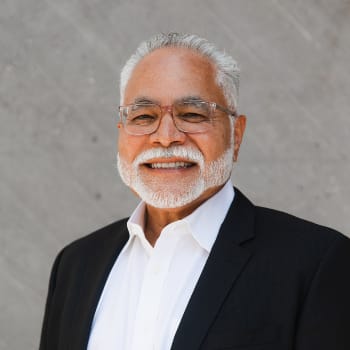Acceptance and Commitment Therapy
in Orange County, CA
Acceptance and Commitment Therapy (ACT) is a one-of-a-kind scientifically supported psychological intervention that combines acceptance and mindfulness methods with commitment and behavior modification strategies to enhance psychological flexibility. Psychological flexibility means thoroughly engaging with the current moment as a conscious human being and, depending on the circumstances, altering or continuing behaviors in the service of selected values.
Clients can benefit both from the philosophy and the interwoven skills used to create the modality.

What Is ACT?
The basic idea of ACT is that psychological pain is generally produced by the link between human language and cognition, as well as the regulation of human behavior by direct experience. Psychological inflexibility comes from avoiding things, cognitive entanglement, over-attachment to self, lack of contact with the here-and-now, and the resultant failure to take actions in harmony with one’s fundamental beliefs. Supported by extensive research on associated theories of language and cognition, ACT holds that attempting to change difficult thoughts and feelings as a means of coping can be counterproductive, but that new, powerful alternatives are available.
Powerful coping alternatives used in ACT include:
- Acceptance
- Mindfulness
- Cognitive defusion
- Values
- Committed action
ACT is a type of psychotherapy that teaches mindfulness practices to help people think and behave in ways that are consistent with their personal beliefs while also increasing psychological flexibility. Clients who work with ACT practitioners learn how to understand the ways in which their attempts to repress, regulate, and control emotional experiences may be causing difficulties. By using ACT, individuals might become better equipped to make space in their life for values-based behaviors that promote well-being if they recognize and address the problems that they are experiencing.
A Commitment to Evidence-Based Therapy
ACT is based on relational frame theory (RFT), which studies the relationship between human language and cognitive function. According to RFT, the reasoning skills that the human mind employs to solve issues may be inadequate when it comes to assisting people in overcoming psychological distress.
This notion led to the development of ACT, which aims to teach individuals that, while psychological suffering is natural, we can discover methods to live better, fuller lives by changing the way we think about pain. ACT therapy is an approach that uses evidence-based cognitive-behavioral therapy (CBT).

How Does ACT Work?
ACT is a theory that has practical skills that can be learned and implemented in a person’s life. All of these skills are employed to increase physiological flexibility. There are six core ideas:
- Contact With The Present Moment: Engaging entirely in the present experience with an attitude of openness and curiosity is a critical component of mindfulness. It means consciously connecting with whatever is being experienced.
- Acceptance: The ability to provide space for painful sentiments, desires, and sensations to come and go without resistance. It allows difficult thoughts and sensations to come to the surface and be acknowledged. People learn to let go of the struggles, giving them breathing space and allowing them to be there without becoming entangled in them or overwhelmed by them. When one opens up and allows them to move more freely, it is easier for feelings to come and go without draining or limiting the ability to do what one wants.
- Defusion: Creating distance between oneself and one’s damaging ideas, attitudes, and memories. Instead of being caught up in thoughts, being pushed about by them, or fighting to just get free of them, discover how to let them come and go, just as if they were automobiles passing by outside a house. One learns how to take a step back and observe thoughts so that they can respond appropriately, rather than becoming entangled or lost within these thoughts.
- The Self: There are two components to the mind: the thinking self (i.e. the portion of the mind that is always thinking) and the part of the mind that is responsible for all of one’s ideas, beliefs, memories, judgments, fantasies, and so on. There is also observing the self, which is the portion of the mind that is capable of being aware at any given time of a thought, feeling, or action at the time. A person wouldn’t be able to acquire those mindfulness abilities if they didn’t have access to this ability that is inherent in all of us. Increasingly, one becomes conscious of this portion of the mind the more they practice mindfulness techniques and grow better at utilizing them when they need to.
- Values: This is about identifying what one believes in and the way in which they would like to act going forward. What are the positive intentions that a person has for their life? Deep down in one’s heart, they know what they want their life to be. What would one like to be known for? What intentions does one have for their time on this earth? What ultimately matters in the grand scheme of things? What would a person like to be remembered for by the people they care about?
- Commitment to Action: They say that “If you want to know what a person believes, you watch their feet.” This is the commitment to act on the values one establishes for themselves. It involves learning to judge events not so much as good or bad, but whether they were opportunities to act on the beliefs and values one holds.
Get Acceptance and Commitment Therapy in Orange County
Treatment centers may use acceptance and commitment therapy (ACT) to manage the symptoms of depression and anxiety. If you or a loved one are experiencing mental conditions such as depression, anxiety, or trauma-related disorders, call (949) 502-2041.











